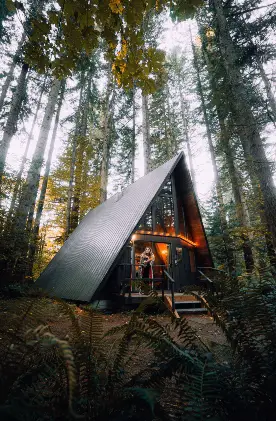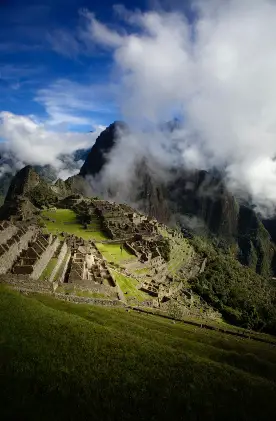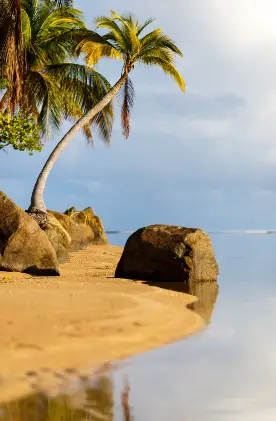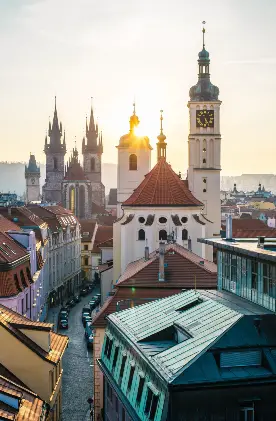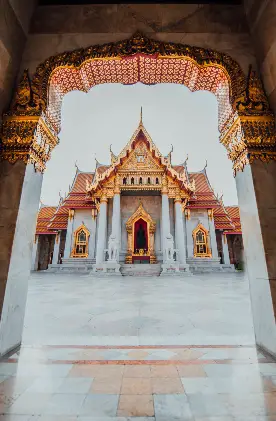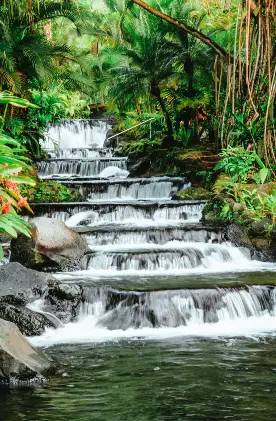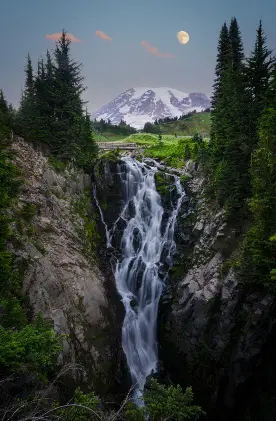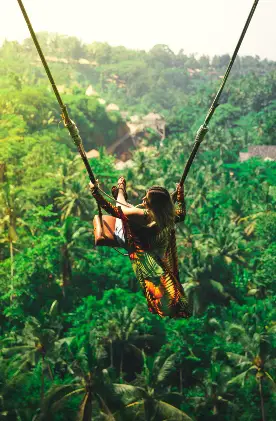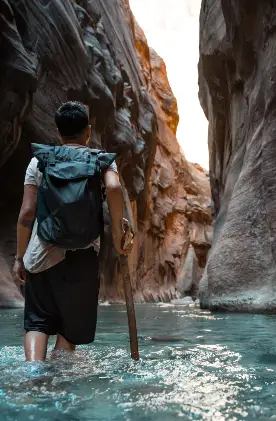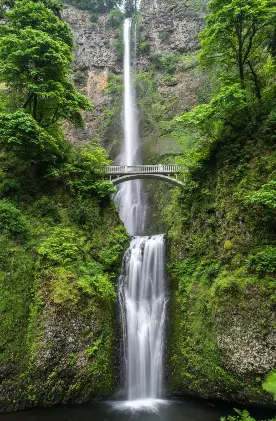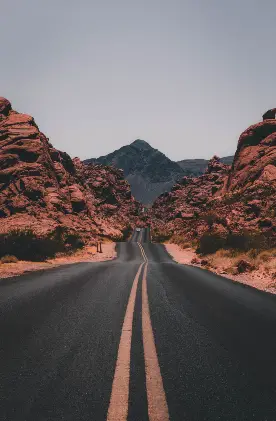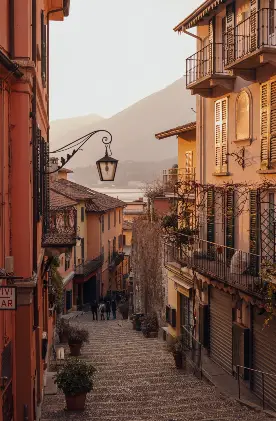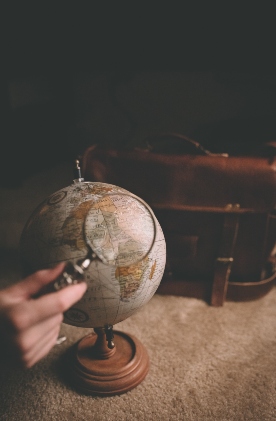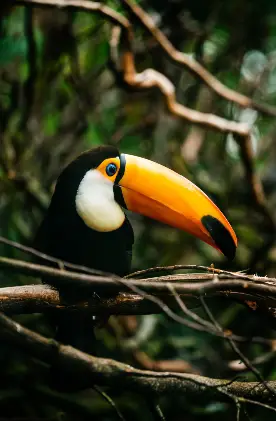I’m Peter Watson and welcome to my guide on climbing Aconcagua. This mountain in Argentina stands at an impressive height of 23,837 feet or 6,962 metres. Aconcagua is the highest mountain in the Americas.
I’ve always had a passion for the great outdoors and for adventures. I grew up in Norfolk on the east coast of the United Kingdom. Most of our family holidays were spent camping in Scotland. It was here that I fell in love with hiking and where I first learnt how to climb mountains.
When I went travelling at 21 years old, my father gave me this travel quote scribbled on a piece of card. 15 years and 80 countries later, I still have this quote in my wallet today. A testament to how much I love to travel.
In 2014, I co-founded an outdoor travel blog called Atlas & Boots with my girlfriend, Kia Abdullah. Atlas & Boots is now read by over 250,000 people a month and has been named the ‘Best Outdoor Travel Blog of 2020’. We have also become ambassadors for Lonely Planet in the last several years.
My work has been featured by BBC Travel, Lonely Planet, Cicerone Guides, The Guardian, Outside Magazine, Rough Guides and Wanderlust.
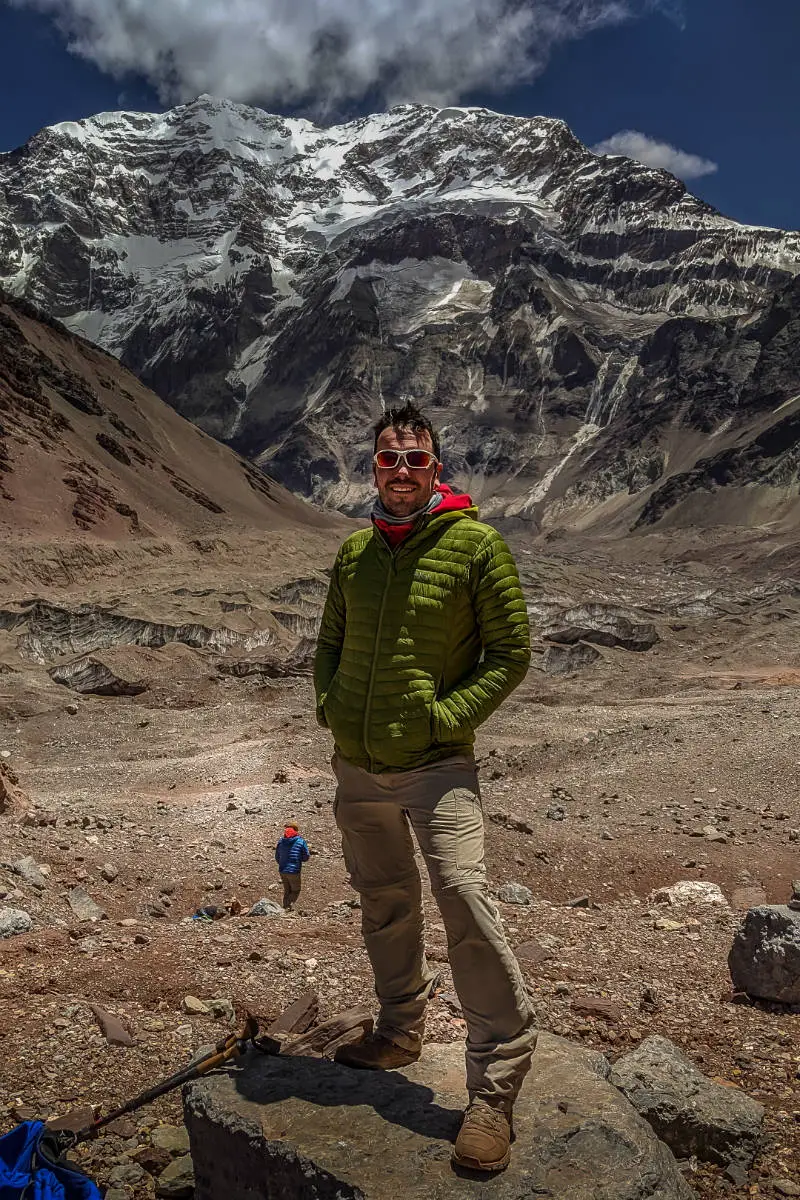
Climbing the Highest Mountain in the Americas
After trekking Mount Kilimanjaro in Tanzania (Africa’s highest mountain), I decided I wanted to climb all “Seven Summits” – the highest mountains of each of the seven continents. Aconcagua is typically attempted after climbing Mount Elbrus or Kilimanjaro for those trying to climb them all.
I knew I would have to head back to Argentina one day and attempt climbing Aconcagua. It was an awesome experience to return back to South America after first visiting the continent back in 2014 as part of a round-the-world trip.
We loved South America the first time round – especially the Andes and the wide-open landscapes. Much of our time was spent hiking and trekking. Argentina and Chile were the standout hiking destinations but we also loved the wildlife of Ecuador and the Galápagos Islands too.
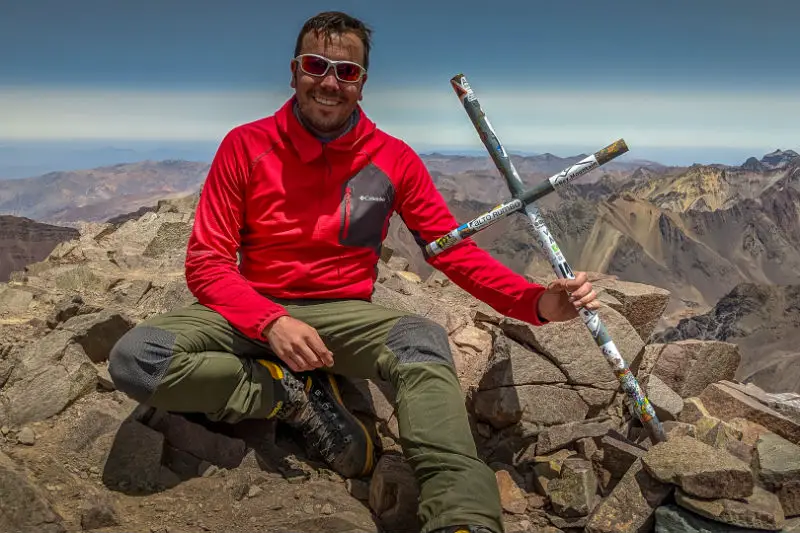
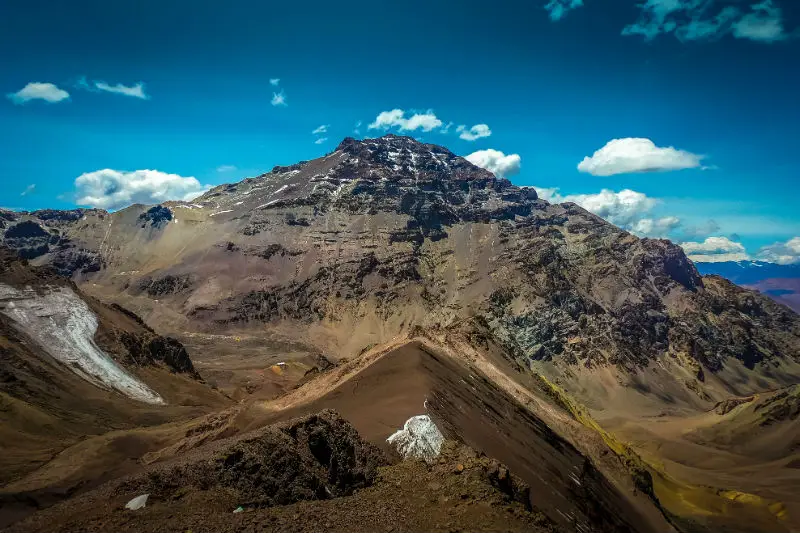
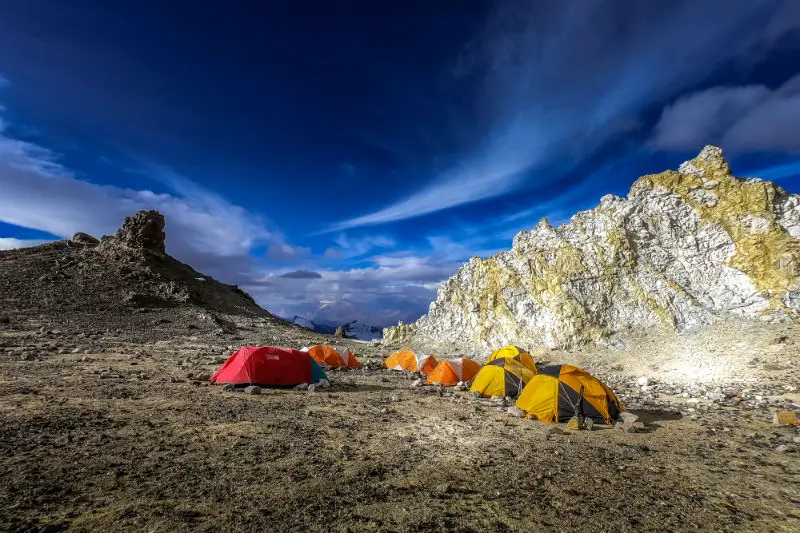
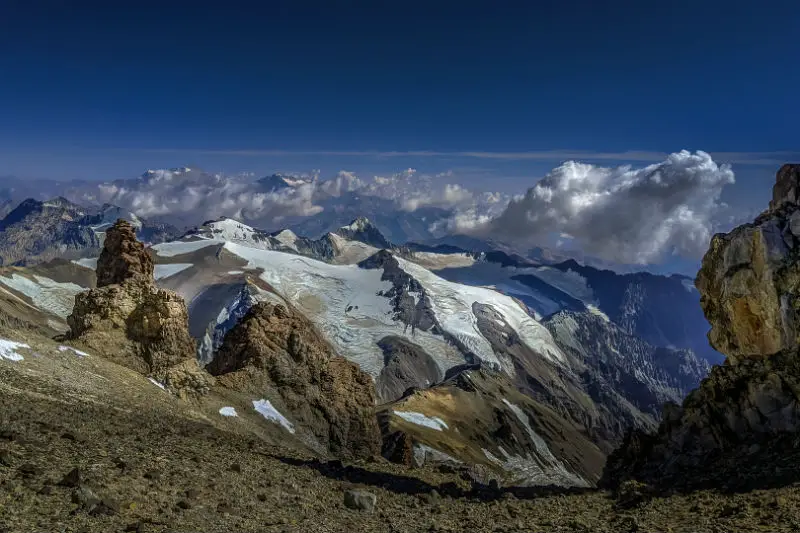
Planning and Training for the Climb of a Lifetime
I spent an inordinate amount of time trekking and camping before climbing Aconcagua. In the 12 months to the lead up to the climb, I paid extra attention to high altitude and multi-day trekking adventures. It made a big difference.
I went on several expedition-style treks above 5,000m in Nepal and Pakistan and completed the Arctic Circle Trail in Greenland. I also went on several local treks in the UK in between the expeditions to maintain my fitness. Finally, I upped my gym game, focusing on my cardio and core.
It was great to join an Argentinian-led expedition from Mendoza who organised a lot of the logistics for climbing Aconcagua. I definitely recommend getting in touch with an expedition crew for the climb.
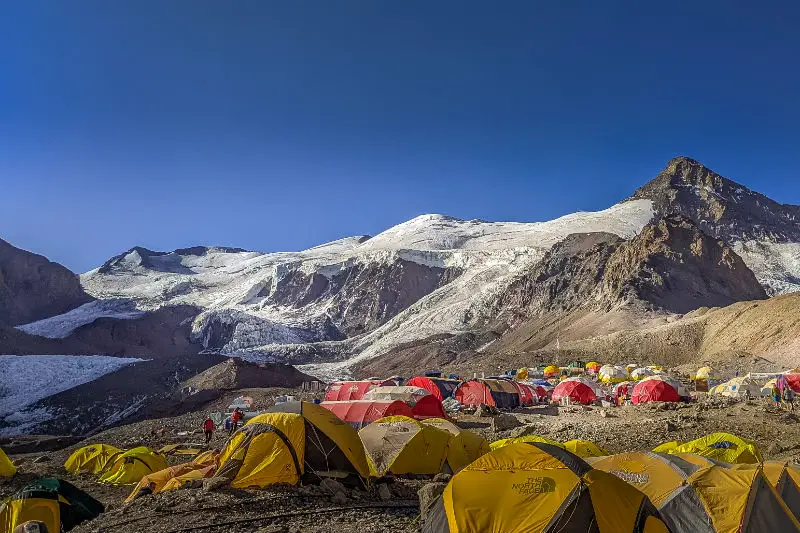
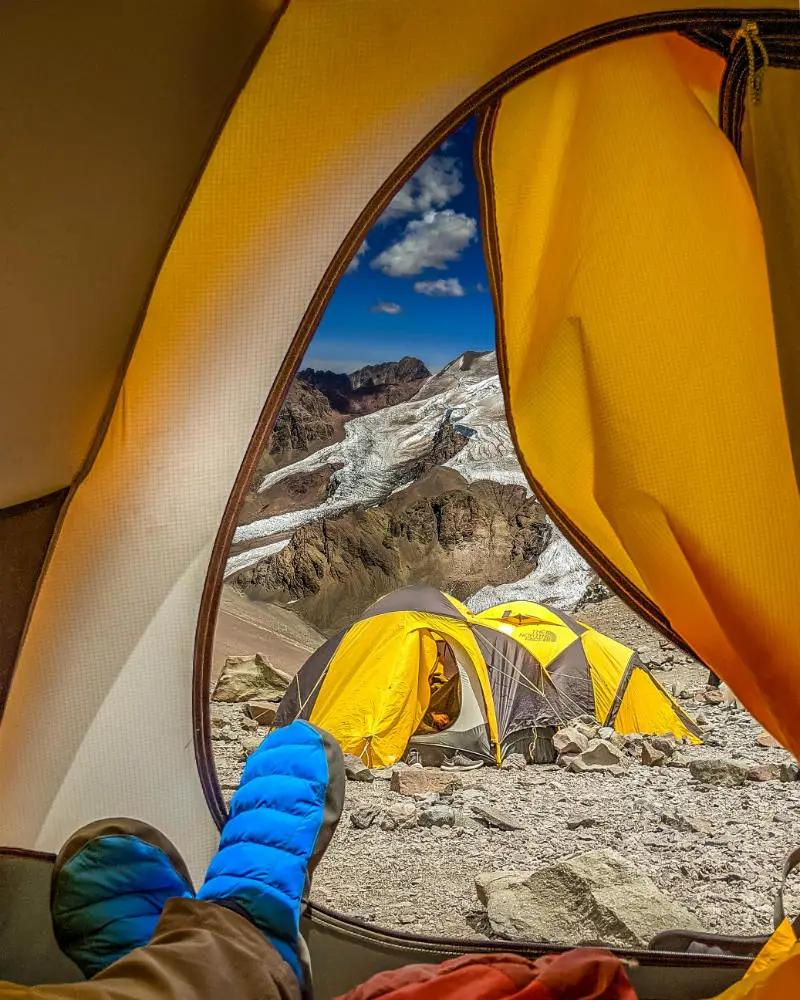
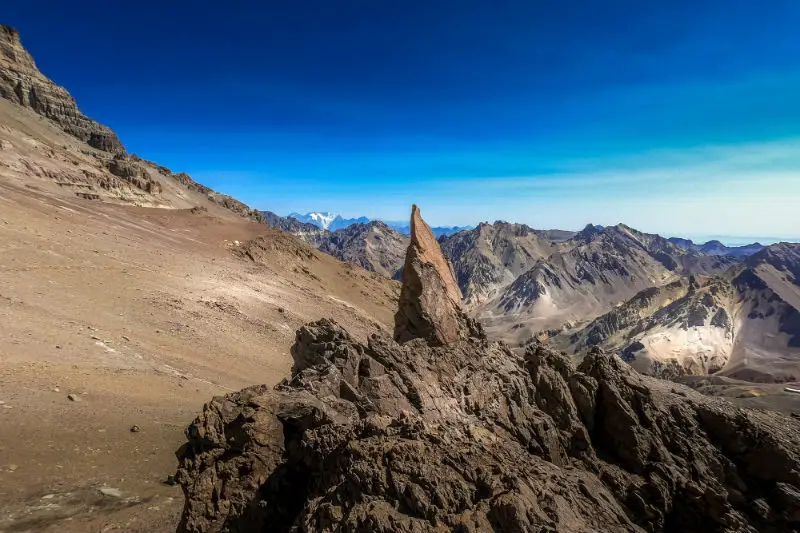
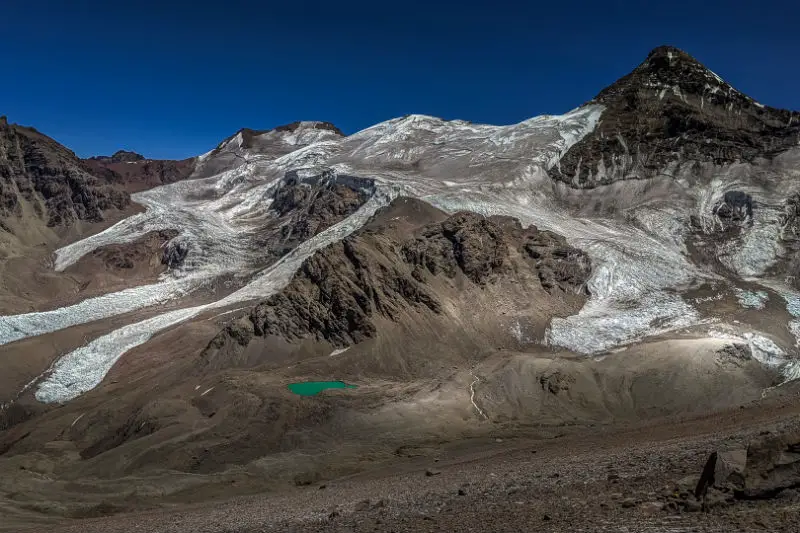
The Awesome 20-Day Journey Climbing Aconcagua
Aconcagua takes around 20 days to ascend and descend including contingency days for bad weather. Although, I think we completed it in 17 days as we had a good run of favourable weather. The entire climb involves nights of camping so that was 17 nights spent under canvas.
I was part of a group of 12 climbers. Only seven of us made it to the summit. As far as supplies go, the list was long. You need plenty of warm specialist clothing, camping equipment and all the food and supplies to keep you alive for up to 20 days on a mountain.
We employed a small support team to help with the logistics. They looked after some of the food and supplies at the lower camps. But once you’re above basecamp, you’re on your own. You have to carry all the gear, food and supplies yourself – making the climb even more of a challenge.
My backpack weighed up to 26kg (57lb) on some days. At nearly 7,000m above sea level you really feel that extra weight!
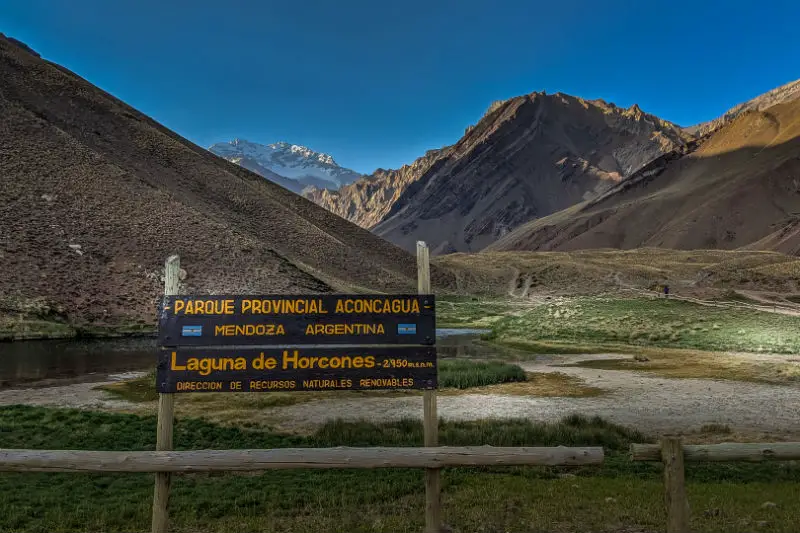
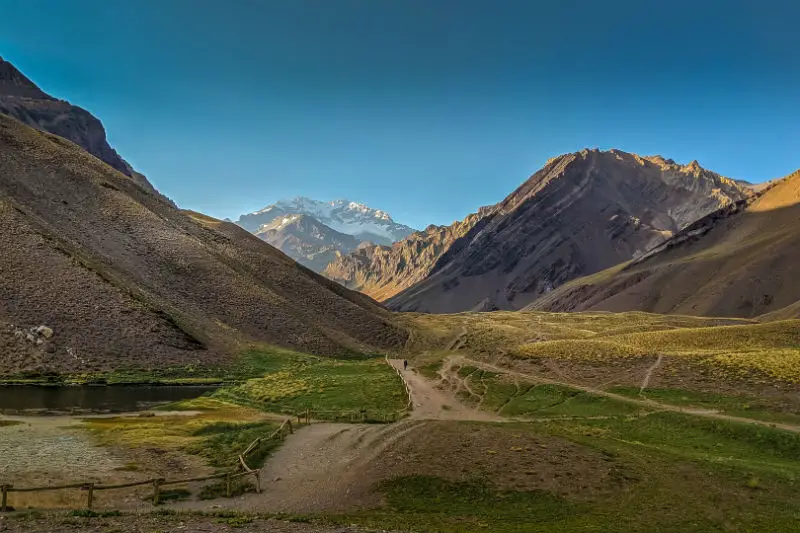
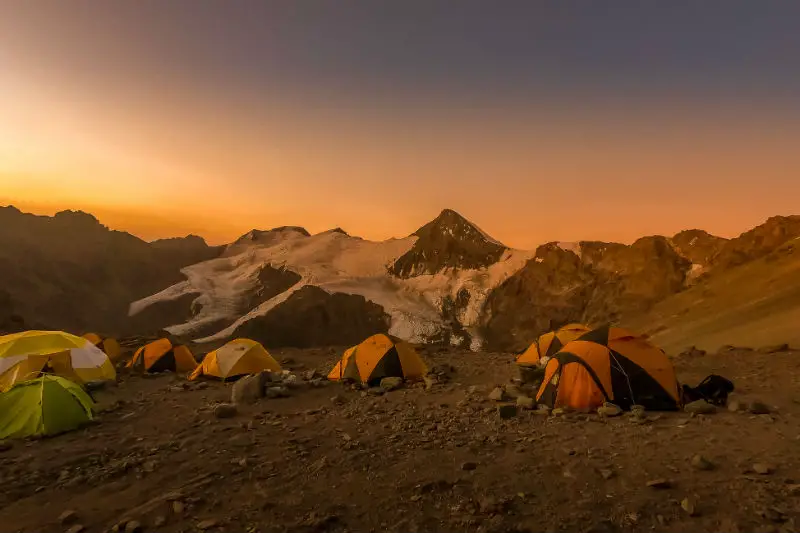
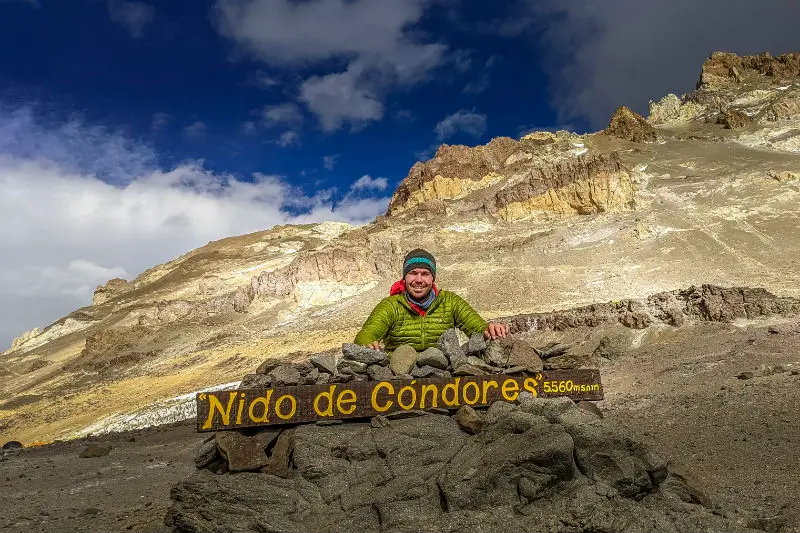
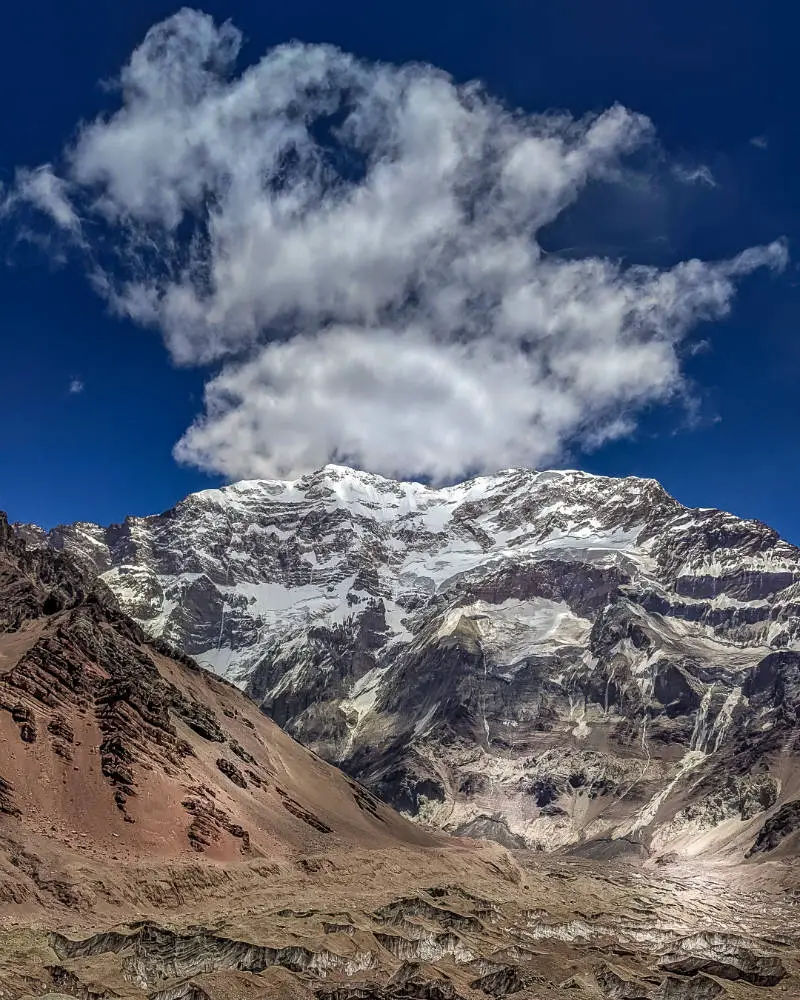
Highlight of Climbing Aconcagua – Summit Day
For me, I’m always happiest when on a mountain. I was looking forward to getting back on the trail at Aconcagua and for my first night under canvas. I’m always at my calmest when climbing or trekking on an expedition. My mind clears and all the distractions of the modern world just melt away.
Even though we had awful weather throughout and it was a thoroughly soul-destroying day, the highlight of climbing Aconcagua was of course the summit day. Nothing beats standing on the top of a mountain. This is particularly true on tall mountains and on ones that take a lot of hard work.
It was in the middle of a snowstorm that we summited. The views were awful but it was still immensely rewarding. Funnily enough, Aconcagua is not good-looking when it comes to mountain landscapes. It has dry and dusty terrain. However, people don’t tend to climb it for its looks.
Some of the best views can be found at the higher camps. They are of the surrounding Andes looking out across Chile. Aconcagua is actually a pretty ugly mountain. I still recommend climbing it nonetheless!
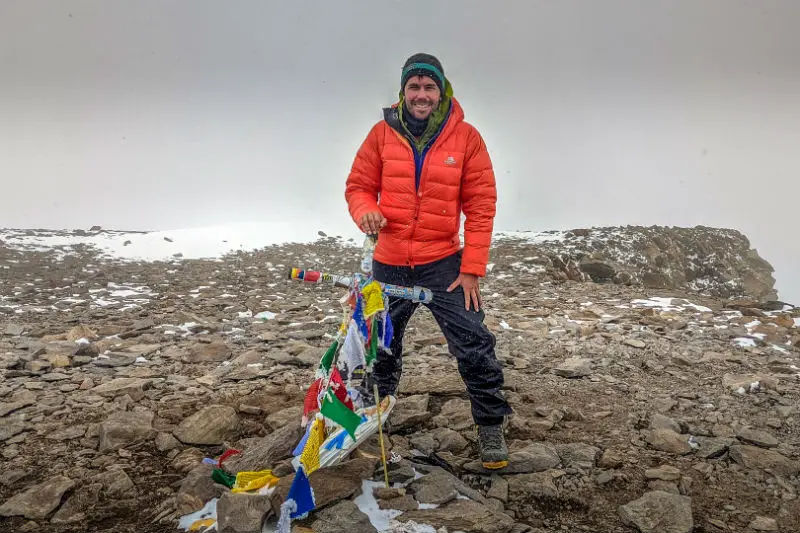
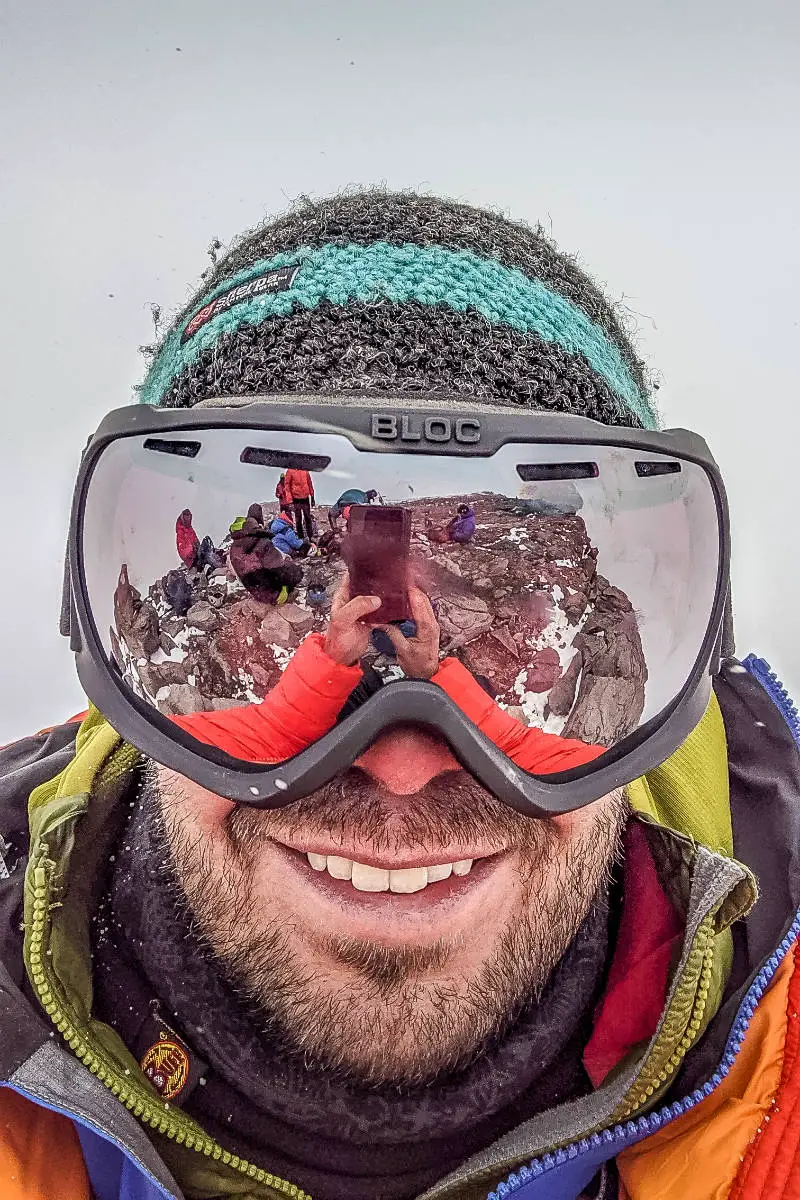
Important Advice for Climbing Aconcagua
The most important piece of advice is to not underestimate Aconcagua. As the highest trekking peak in the world, it’s not technically challenging but the weather, altitude and conditions can make it an exceptionally tough climb. It should not be anyone’s first mountain or high-altitude trek.
If you’re serious about giving it a go, I would suggest going on some easier treks such as Kilimanjaro, Annapurna or Everest Base Camp treks in Nepal first. If you enjoy them, then get training for Aconcagua in Argentina.
Historically, only around 30% of climbers who attempt Aconcagua actually summit. Although that percentage has improved recently. It takes a lot of money, time and effort – so it’s worth putting in the hard work beforehand.
I hope this guide to climbing Aconcagua has inspired you to try a new adventure in life. You certainly will never forget the experience of training, preparing and conquering one of the most epic mountains in the world.








